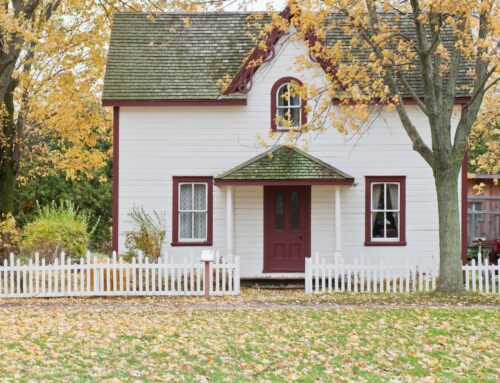A Brief History of Longmont
The history of this land, upon which Longmont now sits, goes back farther than physical documentation. Long before brick buildings, railroads, and sugar mills this land was home to native americans who roamed with the seasons and the herds. These native people included the Clovis, the Folsom, the Plano, and eventually the Cheyenne, Dakota, Arapaho, Kiowa, Comanche and Ute tribes.
Europeans arrived in Colorado around 1858, in direct violation of treaties signed with the native tribes, during the first pushes for gold in the west. One of the first American explorers was Major Stephen H. Long. This is where Longs Peak, and subsequently Longmont, acquired its name. The first people to settle in Colorado were mostly traders, trappers, and miners, but that would soon change.
In 1870, a group of men got together and created a plan for a community in Colorado. They began selling membership to this new town, which they would call the “Chicago-Colorado Colony. The 60,000 acre site was chosen and first construction of the new town began in 1871. This was the pivotal moment of our town’s naming, and in 1871 Longmont was founded.
The town citizens focused on farming. With rich soils all they needed to do was construct irrigation ditches and canals to bring in water from the St. Vrain river. When the railroad arrived to Longmont in 1873, this gave the community the perfect opportunity to build a robust agricultural economy. Soon flour milling, vegetable canning, and sugar beet processing became the main businesses.
The first flour mills were constructed in 1872. As Longmont grew, more businesses and industries made their way out west and bolstered population growth all over the Front Range. In 1889, the Empson Vegetable Canning Company came to Longmont, and in 1903 a group of men in Longmont got together to build the Great Western Sugar Company to process sugar beets.
As the town grew it started getting more attention. Immigrants from Scandinavia, Russia, Japan, Mexico, and Germany came to the bustling Front Range town. This town started to look like the early melting pot of America. Sometimes diversity does not always sit well with people, and by the early 1900’s the Ku Klux Klan started their rise to power. In 1925, the KKK had control of Longmont’s City Council, but were quickly voted out in the next elections.
The great World Wars, the Great Depression, and the Spanish Influenza took their toll on the population of Longmont. Over time, the population continued to grow, especially with the help of big business like IBM and the FAA, big oil, and other high-tech companies. As Colorado grew, so did Longmont – if a little slower. But overtime, the small Colorado Colony of a few thousand brave farmers and businessmen grew to the large town of Longmont: nearly 100,000 people and growing.




